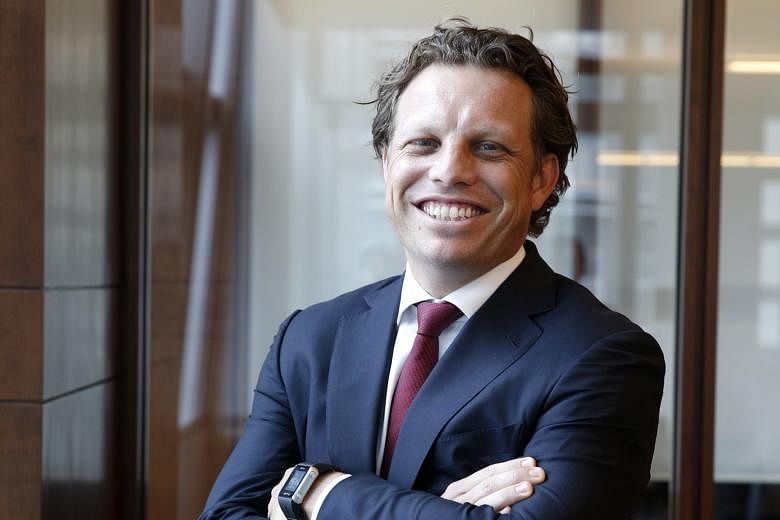Asian governments are likely to ramp up spending on infrastructure and development this year - a move that will boost the appeal of stocks with exposure to commodity and energy prices.
Investment giant BlackRock expects that the trend will lift its Asian funds and follow up on last year's solid performance.
"If you look at the last five years, up until the middle of last year, central banks, particularly in developed markets, had relied on monetary policies - printing money and lowering interest rates - to stimulate growth," Mr Andrew Swan, BlackRock's managing director and Asian equities head, told The Sunday Times.
"But they hadn't actually promoted a lot of actual growth. With interest rates hitting zero or below, we figured that the effectiveness of monetary policies has run its course, and governments globally will need to change their approach - the only other tool being fiscal policies.
"2017 is where we will start to see this happening."
Mr Swan is the portfolio manager of BlackRock's Asian Dragon Fund and Asian Growth Leaders Fund, which are both performing better than the regional benchmark MSCI Asia ex-Japan index last year.
The funds' portfolios were gradually shifted away from structural growth sectors - like healthcare and Internet firms - to have more exposure to sectors that will benefit from increased fiscal spending.
"If nominal GDP growth and fiscal spending accelerate, demand for commodities will increase," said Mr Swan.
"Meanwhile, in some cases, supply has ground to a halt - or is even exiting from countries like China, where pollution is an increasing problem.
"The combination of better-than-expected demand and decreasing supply means that utilisation levels will increase for the first time in five years, and that, in turn, means prices of steel, coal and petrochemicals will increase and margins will expand."
This trend has been visible in China for a while, with recent data showing a 6.4 per cent growth in fiscal expenditure last year. The country's railway infrastructure will receive about 3.5 trillion yuan (S$723 billion) of investment between now and 2020.
"Our portfolio approach is to pick stocks that will beat earnings expectations. In the coming months, we will continue to reduce exposure to structural growth stocks, to increase exposure to materials and energy," Mr Swan said.
It is also notable that Asian equities are, at the moment, quite cheap - making them an attractive option if economic growth kicks off.
"The way to look at Asia stocks is through price-to-book (ratios)," said Mr Swan.
"Over the past five decades, they've been through cycles, with the low point at around 1.2 and the peak at about three.
"We're now at around 1.4 - still very favourable in terms of risk-rewards."
But investors should also be aware of wild cards, and ought to keep an eye on how the Trump administration in the United States handles its trade policies.
"Increased fiscal spending and higher inflation (in the US) look likely, and historically this has also meant good news for Asia," said Mr Swan.
"But now I'm less certain, because higher import tariffs will be counterproductive for growth."
US President Donald Trump has repeatedly said that he will levy higher tariffs to balance trade with countries like China and bring manufacturing jobs back to the US.
Mr Swan said: "Ultimately, it's very hard to have high conviction one way or another. We need to see how much of the bark turns into bite.
"But, broadly, it's hard to imagine the US being able to replace the supply chain in Asia."


